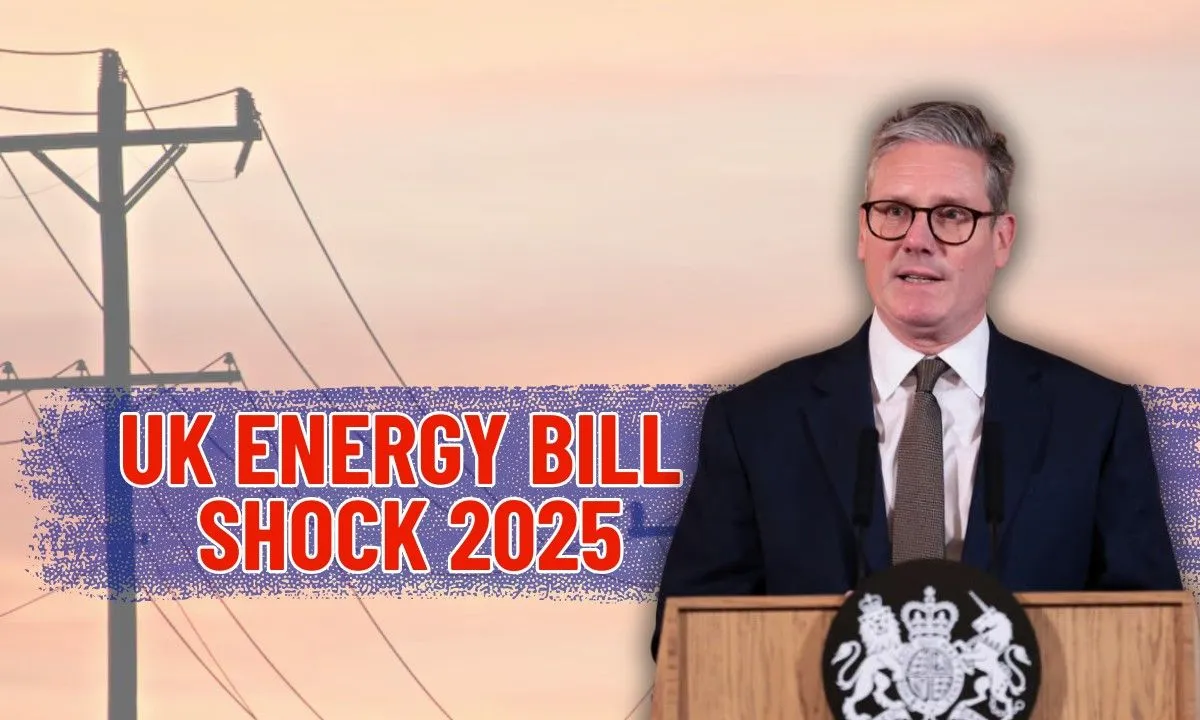Retirement represents freedom after decades of work, but for many Americans, that dream is clouded by financial uncertainty. Rising living costs, student loans, housing challenges, and healthcare expenses have made it difficult for people to save enough for retirement. The gap between what Americans need and what they have saved continues to grow, creating one of the most serious financial issues facing the nation.
Table of Contents
Understanding the Retirement Savings Gap
The retirement savings gap refers to the shortfall between how much people should have saved for retirement and how much they actually have. Analysts often measure this by comparing household savings to expected expenses such as housing, medical care, and everyday living costs. According to Fidelity Investments, individuals should have saved around ten times their annual salary by age 67 to retire comfortably. However, most households fall far short of this benchmark.
The Current State of Retirement Savings in America
| Category | Key Findings |
|---|---|
| Households with No Savings | Nearly 25% of Americans have no retirement savings |
| Median Balance (Ages 55–64) | Less than $120,000, equal to about $1,000 per month over 15 years |
| Social Security Dependence | Provides about 40% of pre-retirement income on average |
| Households Relying on Social Security for Half of Income | Nearly 50% of retirees |
| Disparities | Women and minority workers face larger savings gaps due to wage and access issues |
These statistics highlight how unprepared many Americans are for retirement and how heavily they depend on Social Security as their main source of income.
Causes of the Retirement Savings Gap

Several factors contribute to the growing savings shortfall among Americans:
- The decline of traditional pensions has shifted responsibility to individual workers through 401(k)-type plans
- Many small business and gig workers lack access to employer retirement plans
- Rising housing, education, and healthcare costs reduce the ability to save
- High levels of debt, including student loans, delay long-term savings
- Financial literacy gaps and procrastination prevent early planning
How Americans Are Preparing for Life After Work
Despite challenges, many Americans are taking steps to strengthen their financial future. Workers with access to 401(k) or 403(b) plans are saving more consistently, supported by automatic enrollment and contribution escalation. Individual Retirement Accounts (IRAs), especially Roth IRAs, have become popular among younger savers who want tax-free income later. Older workers are using catch-up contribution options, while state-led retirement programs are offering auto-enrollment for employees without workplace plans. Growing financial literacy campaigns also help promote better saving habits nationwide.
The Consequences of the Savings Gap
A growing retirement savings gap has wide-reaching effects. Increased reliance on Social Security strains the program’s sustainability. More Americans are delaying retirement to supplement income, while rising poverty among older adults remains a concern. Without enough savings, retirees may face difficult trade-offs between medical care, housing, and daily living costs. Younger generations could also face pressure to support aging relatives, affecting their own financial stability.
Solutions Being Discussed
Efforts to close the retirement savings gap include both policy reforms and personal strategies. Expanding access to employer and state retirement plans, introducing automatic enrollment, and offering tax incentives are major steps. Employers are testing new benefits such as student loan repayment matching and phased retirement programs. On an individual level, starting early, saving consistently, and diversifying investments remain key to long-term security.
Looking Ahead
The retirement savings gap will continue to challenge the United States unless significant action is taken. Policymakers and employers can help, but personal responsibility remains essential. Individuals who start saving early, reduce debt, and stay informed about financial options will be better prepared for retirement. As automatic savings programs and financial education expand, there is hope for narrowing the gap and ensuring more Americans can enjoy a stable, secure life after work.
Frequently Asked Questions (FAQs)
- What is the retirement savings gap?
It is the difference between how much people should have saved for retirement and how much they actually have. - How much should a person save by retirement age?
Financial experts suggest saving around ten times your annual salary by age 67 to maintain your lifestyle. - Why are so many Americans underprepared for retirement?
Factors like rising living costs, debt, lack of pension plans, and limited access to retirement accounts make saving difficult. - What can individuals do to improve their retirement readiness?
Start saving early, take advantage of employer plans, use catch-up contributions, and review investment strategies regularly. - Will Social Security be enough to live on in retirement?
For most people, Social Security replaces only about 40% of their income, so additional personal savings are essential.



